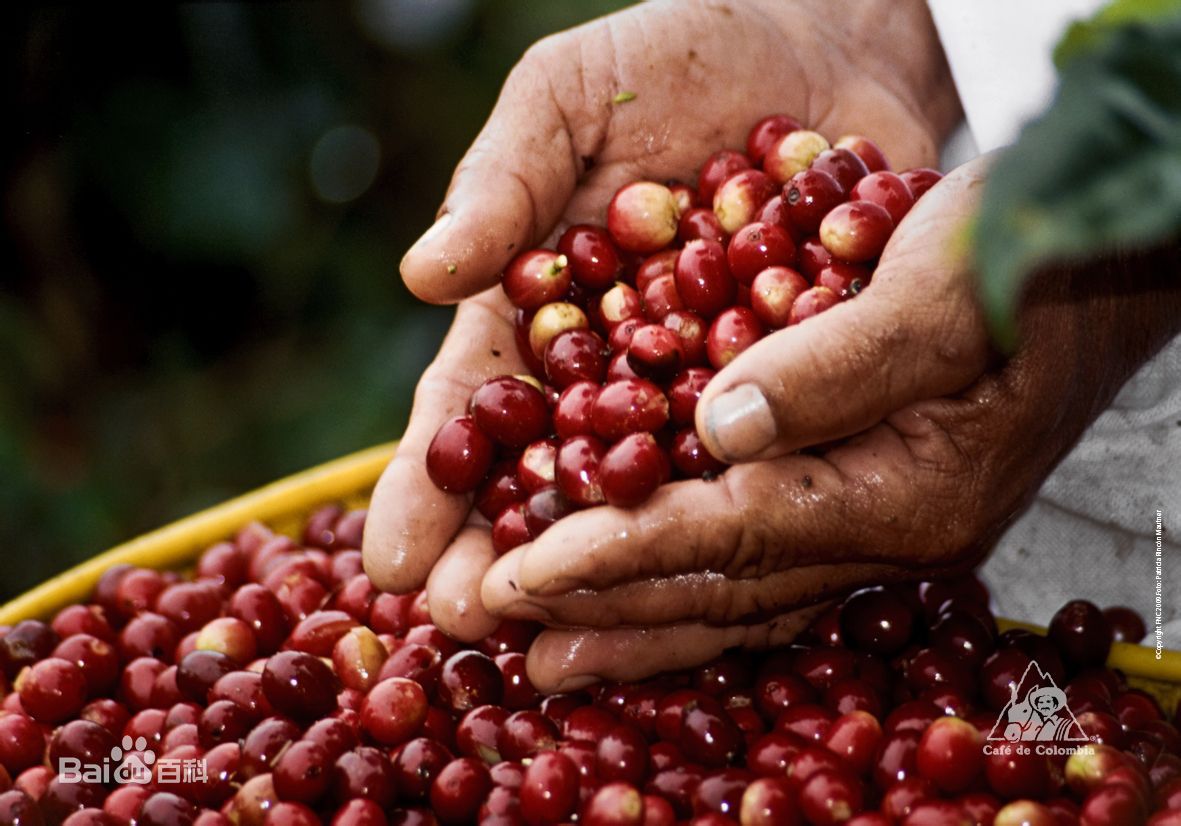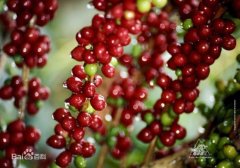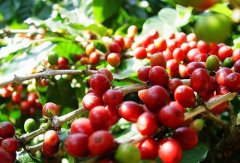What are the good items of high-priced coffee in Rosa-Akatilan fruit producing area of Guatemala?
Guatemala Rosa-Akatilan fruit producing area (Guatemala Acatenango Gesha).
In 2007, Guatemala added the eighth coffee producing area, Acatenango Valley (R), which we translated into "Akatilang region".
In 2007, Anacaf é (Guatemalan Coffee Association) not only promoted it at the SCAA exhibition, but also arranged a special topic to explain to the international judges during the national competition. In the past, Guatemala claimed to have seven major producing areas, not only distinguishing features, but also giving buyers and consumers a good memory. Antigua, Micro Plateau, Lake Attitan, Koban Rain Forest and so on, each district can find excellent manors and good coffee with local characteristics.
Acatenango is located in Chimaltenango province, Guatemala. More than 5000 hectares of coffee farms in the region have fertile volcanoes, mainly located in two major volcanic mountains, and almost all have forests and shade trees. As can be seen from the above photos, almost all of the estates are shaded and planted, and the main varieties are bourbon and some Catuai and Caturra.
Akatilango two major volcanoes, Volcan de Fuego and Volcan Acatenango respectively, especially Acatenango is the third peak of Central American volcanoes, and across the Fuego volcano is the Yatitan Lake region. The annual rainfall in this area is 48 to 72 inches, and the average annual temperature is 14 ~ 31 degrees C. the temperature difference is large enough, so the density of beans is compact, which is helpful to the flavor. The coffee harvest season is mainly from mid-January to March. At present, the Kaqchiquels people still live in this area and maintain traditional farming methods; there are about 4000 farmers in this area, and coffee cultivation dates back to 1880.

Important Notice :
前街咖啡 FrontStreet Coffee has moved to new addredd:
FrontStreet Coffee Address: 315,Donghua East Road,GuangZhou
Tel:020 38364473
- Prev

Learn about Esmeralda Farm's brilliant experiences Panama's famous coffee estates
Esmeralda Farm's brilliant experience Panama's highest coffee ranking in 2004, 2005, 2006 and 2007 for 4 consecutive years 1! SCAA World Coffee Cup ranking 2005, 2006, 2007 for 3 consecutive years No. 1! Tropical Rainforest Conservation Group coffee quality cup test ranking 2004, 2006, 2007 No. 1!
- Next

Panamanian Rosa Coffee popular all over the world Panamanian boutique coffee SCAA American boutique coffee association
In the early years, the identification of top coffee mostly followed Japan, the king of coffee, the Blue Mountains of Jamaica and Kona, Hawaii, but with the continuous improvement of the standard of coffee-producing countries and the sharing of information, we were exposed to more high-quality coffee. This coffee bean Panama Rose Summer has become the new king of coffee in recent years. The species of Geisha was derived from Ethiopia in 1931.
Related
- Does Rose Summer choose Blue, Green or Red? Detailed explanation of Rose Summer Coffee plots and Classification in Panamanian Jade Manor
- What is the difference between the origin, producing area, processing plant, cooperative and manor of coffee beans?
- How fine does the espresso powder fit? how to grind the espresso?
- Sca coffee roasting degree color card coffee roasting degree 8 roasting color values what do you mean?
- The practice of lattes: how to make lattes at home
- Introduction to Indonesian Fine Coffee beans-- Java Coffee producing area of Indonesian Arabica Coffee
- How much will the flavor of light and medium roasted rose summer be expressed? What baking level is rose summer suitable for?
- Introduction to the characteristics of washing, sun-drying or wet-planing coffee commonly used in Mantenin, Indonesia
- Price characteristics of Arabica Coffee Bean Starbucks introduction to Manning Coffee Bean Taste producing area Variety Manor
- What is the authentic Yega flavor? What are the flavor characteristics of the really excellent Yejasuffi coffee beans?

